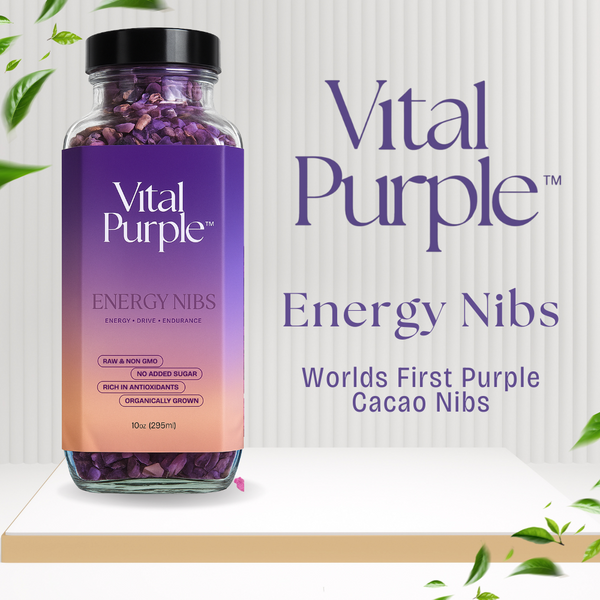When discussing high flavanol cocoa and its many potential health benefits, ceremonial grade cacao is a term you’re likely to run into. Ceremonial grade cacao, as opposed to regular cacao, refers to cacao that is higher in quality, more refined in its flavor, and minimally processed to emulate the traditional form used by the peoples of Central and South America. Regular, commercial grade cacao, on the other hand, is typically roasted at higher temperatures, at times alkalized, and contains more additives, resulting in a product that fails to preserve the positive health effects of the crop in its natural state. Read on to learn more about the differences in processing, purity, health effects, and use between ceremonial grade cacao and the more often commercially available varieties.
Table of contents
How Is Commercial Grade Cacao Processed?
As mentioned above, ceremonial grade cacao’s purity is preserved through minimal processing in multiple ways that regular cacao is not. Commercial grade cacao’s nutrients are lost both through high-temperature roasting and through the addition of alkalizing agents which remove the crop’s natural antioxidants. In addition, commercial grade cacao is often separated from its cocoa butter before ever reaching the consumer, taking away the source of healthy fats it can provide. It is also given other additives such as sugar, dairy, soy, and further outside flavorings in order to make it more palatable for culinary use while making it unable to offer the same benefits organic cacao can and reducing its flavor profile in the process.
Why Is Ceremonial Grace Cacao Superior?
Ceremonial grade cacao, however, is typically stone-ground and sun-dried rather than high-temperature roasted in order to preserve the nutrients and antioxidants it naturally contains. This preserves its benefits in areas of health such as cardiovascular and diabetes risk, blood flow, and cognitive function as well. Ceremonial grade cacao, crucially, contains none of the unnecessary additives commercial grade cacao typically would either, allowing it to remain high in its flavanol content and provide high amounts of theobromine and magnesium in addition to other natural compounds. It is also allowed to retain its naturally-occurring cocoa butter, an essential source of healthy fats as well as vitamin E, making it the clear choice when consuming cocoa for its health benefits.
Ceremonial Grade Cacao- Natural Zing
How and Why Is Ceremonial Grade Cacao Used?
Ceremonial grade cacao is kept in this form in order to closely emulate the traditional means of consumption seen in Central and South America, among whose native populations some of these health benefits are known to appear at significantly higher than average levels. It is associated with mindfulness and often used during meditation or healing rituals, and given the decades of research on the health benefits of cocoa when kept organic and high in its flavanol content, it’s easy to see why. With this in mind, ceremonial grade cacao typically focuses on being single-origin and ethically sourced in addition to being naturally processed. Traceability of commercial grade cacao, on the other hand, is a well-known and commonly-cited issue. Commercial grade cacao is commonly dried on the side of the road and cannot be held accountable to have safe heavy metal levels.
Key Takeaways:
Ceremonial grade cacao is kept pure through minimal processing
Ceremonial grade cacao’s minimal processing allows it to retain its many health benefits
Ceremonial grade cacao emulates cacao used traditionally across Latin America
Ceremonial grade cacao is single-origin and ethically sourced
Ceremonial Cacao- Whole Fat Powder
Writer / Research Assistant: Trey Norbey






